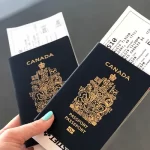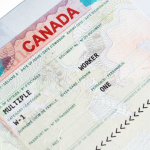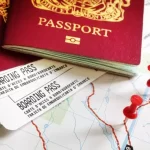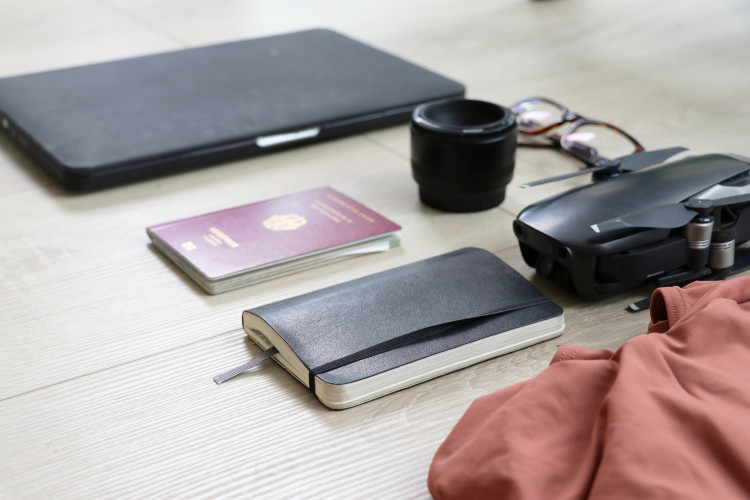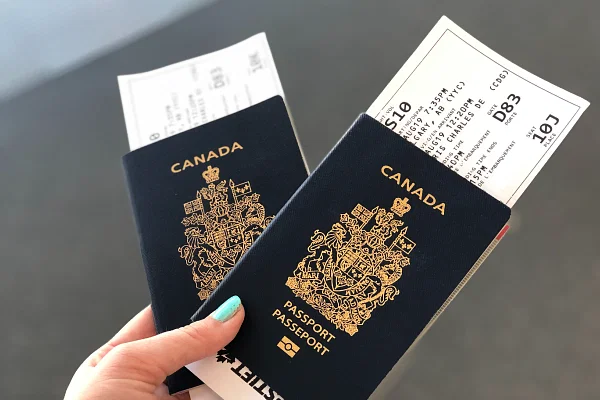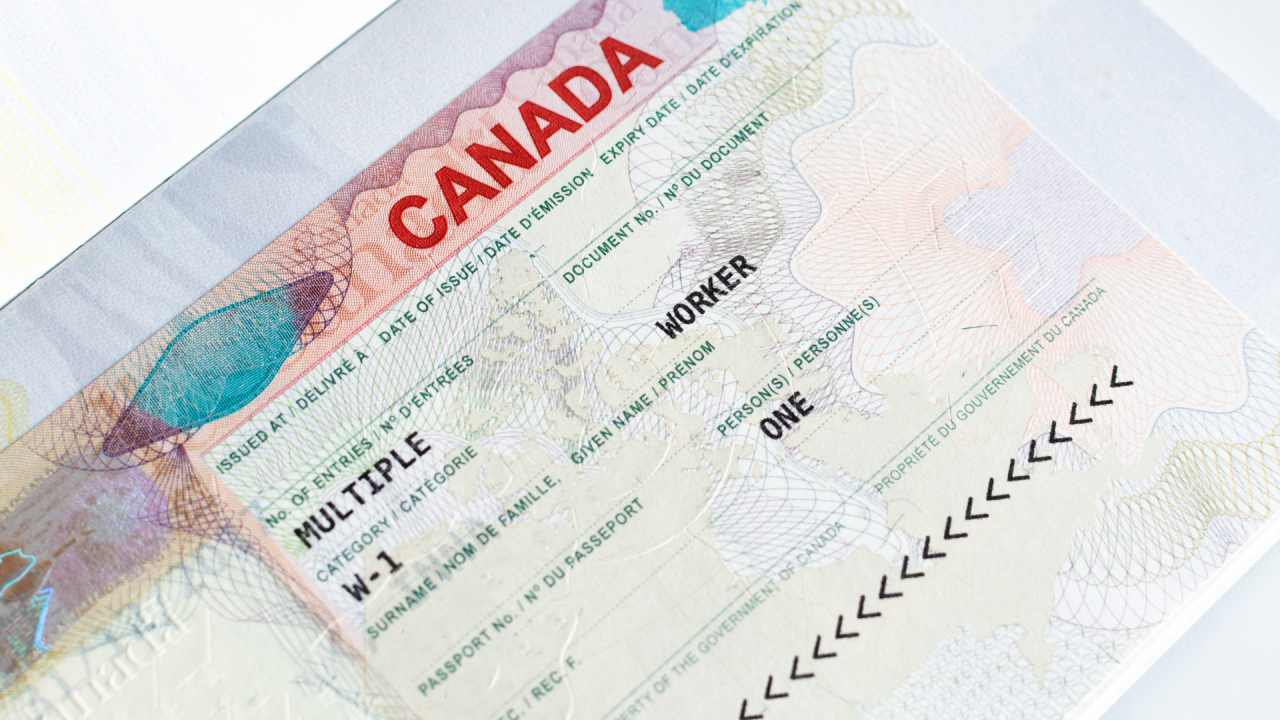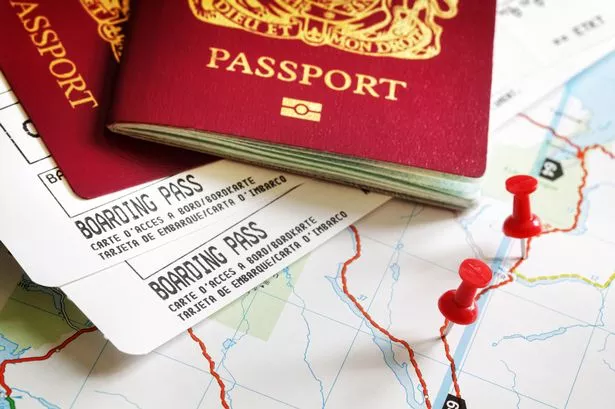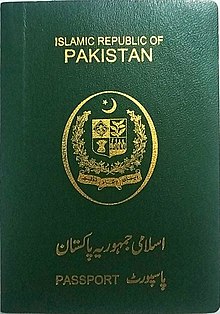Are you planning a trip to India but need to transit through the country? Applying for a transit visa can be daunting and time-consuming, especially if you’re not familiar with the process. Delays in obtaining your visa could result in missed flights or canceled plans, leading to frustration and added expenses. That’s why we’ve put together this guide of essential tips for applying for a transit visa in India. With these helpful insights, you’ll be able to navigate the application process smoothly and avoid any unwanted delays. So let’s get started! Transit Visa for India
What is a Transit Visa?
If you are traveling to India, you will need to obtain a transit visa. This type of visa is required for anyone who is passing through India en route to another destination. A transit visa allows you to stay in India for up to 72 hours while in transit. You will need to have a valid passport and a confirmed onward ticket in order to apply for a transit visa. The process of applying for a transit visa can be completed online or at the nearest Indian consulate.
Who Needs an Indian Transit Visa?
If you are a citizen of a foreign country and are passing through India to reach your final destination, you will need to obtain an Indian transit visa. This is regardless of whether you are staying in India for a layover or if you are just passing through the country on your way to another destination. Depending on your nationality, you may be able to apply for a transit visa online or at the nearest Indian consulate or embassy. Nationals of some countries, such as the United States, are eligible for an e-visa, which allows for electronic application and payment.
It is important to note that if you are planning on spending any time outside of the airport during your layover or stopover in India, you will need to obtain a regular tourist visa instead of a transit visa. If you do not have a valid visa when arriving in India, you may be required to apply for one at the airport itself, which can cause significant delays.
Steps for Applying for an Indian Transit Visa
If you’re planning to travel through India, you’ll need to obtain a transit visa. This type of visa allows you to stay in the country for up to 72 hours while in transit to another destination. Transit visas can be obtained from Indian embassies and consulates abroad, or from the e-Visa website. URGENT EMERGENCY INDIAN VISA
The process for applying for a transit visa is similar to that of other types of visas. First, you’ll need to fill out an online application form and submit it along with the required documents. These include a passport-sized photograph, your passport, and proof of onward travel. Once your application has been processed, you’ll need to pay the visa fee and schedule an appointment for a biometric enrolment at an Indian Visa Application Centre (IVAC).
At your IVAC appointment, you’ll need to provide your biometrics (fingerprints and photographs) as well as any additional documents that may be required. After your transit visa has been approved, it will be sent to you electronically. You can then print it out and present it at immigration when you arrive in India.
Required Documents for Applying for an Indian Transit Visa
If you’re planning to travel through India, you will need to apply for a transit visa. This type of visa allows you to stay in the country for up to 72 hours while in transit to another destination.
To apply for a transit visa, you will need to submit the following documents:
– A completed visa application form. You can download this from the website of the Indian consulate or embassy that has jurisdiction over your area.
– Two recent passport-sized photographs. These should be taken against a white background and show your full face without any sunglasses or hats.
– Your passport, which should be valid for at least six months from the date of your planned arrival in India. Make sure that there are at least two blank pages available for the visa stamp.
– A copy of your flight itinerary, showing your arrival and departure dates and times, as well as any layovers in India. If you’re traveling by train, bus, or car, you’ll need to provide proof of onward travel as well.
– A letter from your employer or school, if applicable, confirming that you are authorized to take the trip and giving details about your itinerary.
Alternatives to Applying for an Indian Transit Visa
There are a few alternatives to applying for an Indian transit visa if you are looking to avoid delays in your travels. Firstly, if you are transiting through India on your way to another country, you may be able to apply for a multiple entry visa for that country which will allow you to stop over in India without the need for a separate transit visa. Secondly, if you are only staying in India for a short period of time and do not plan on leaving the airport during your layover, you may be able to take advantage of the Transit Without Visa (TWOV) program which allows passengers to transit through select airports without a visa for up to 72 hours. If you have an e-visa for India, you may be able to use this visa for transit purposes as well depending on your nationality and the airline you are travelling with – please check with your airline and the Indian embassy or consulate in your country prior to travel.
Tips to Avoid Delays in Processing Your Indian Transit Visa Application
1. Avoid applying for your transit visa too close to your travel date. Ideally, you should apply for your visa at least 2 weeks in advance.
2. Make sure that you have all the required documents for your application. A complete list of required documents can be found on the website of the Indian consulate or embassy where you will be applying for your visa.
3. Pay close attention to the application form and make sure that all information is accurate and up-to-date. Incorrect or outdated information may result in delays in processing your application.
4. In order to avoid delays, it is important to submit your application form and required documents as early as possible. The earlier you submit your application, the sooner it will be processed by the consulate or embassy.
Frequently Asked Questions About the Indian Transit Visa Process
1. What documents do I need to apply for an Indian transit visa?
To apply for an Indian transit visa, you will need to submit your passport, two recent passport-sized photographs, and a completed visa application form. You may also be required to provide proof of onward travel and/or a Letter of Introduction from your airline.
2. How long does the Indian transit visa process take?
The Indian transit visa process typically takes around 3-4 weeks from the time of application. However, it is important to note that processing times may vary depending on the time of year and the individual circumstances of each applicant.
3. How much does an Indian transit visa cost?
An Indian transit visa currently costs $60 USD for most nationalities. However, there are a few exceptions, so it is always best to check with the Indian embassy or consulate in your home country for the most up-to-date fees.
4. Can I apply for an Indian transit visa online?
Yes, it is possible to apply for an Indian transit visa online through the e-Visa India website. However, please note that not all nationalities are eligible for this service and that there is an additional fee of $25 USD for applying online.
Conclusion
Applying for a transit visa in India can be daunting, but with the right steps and preparation, it doesn’t have to be. We hope this article has helped you understand the process of applying for a transit visa in India and given you some tips on avoiding delays. It’s important that you take your time when submitting an application, because any mistake or omission on your part could result in costly delays. With our advice and your careful attention to detail, we’re confident that you’ll have no problems getting a transit visa approved quickly!






















